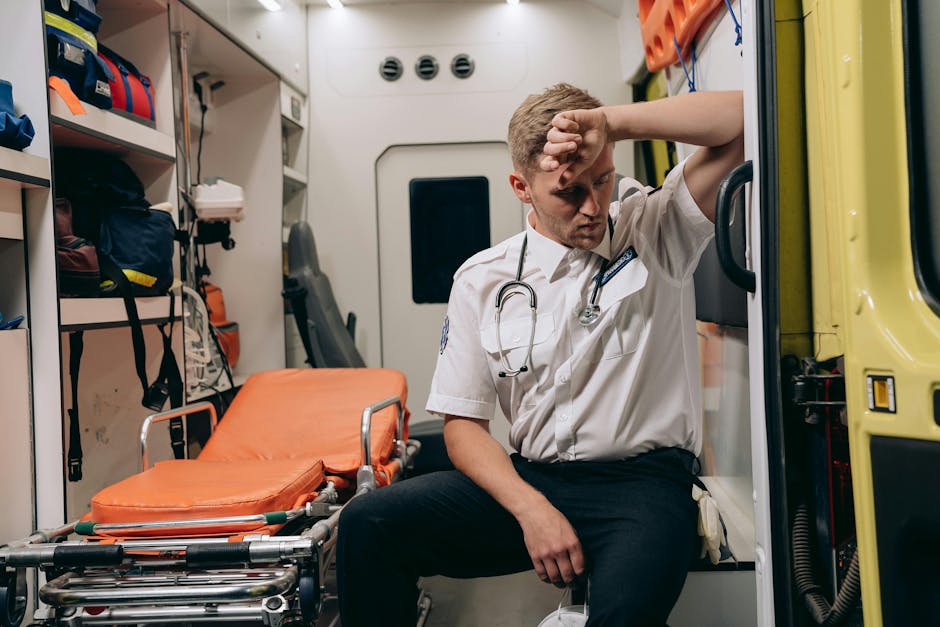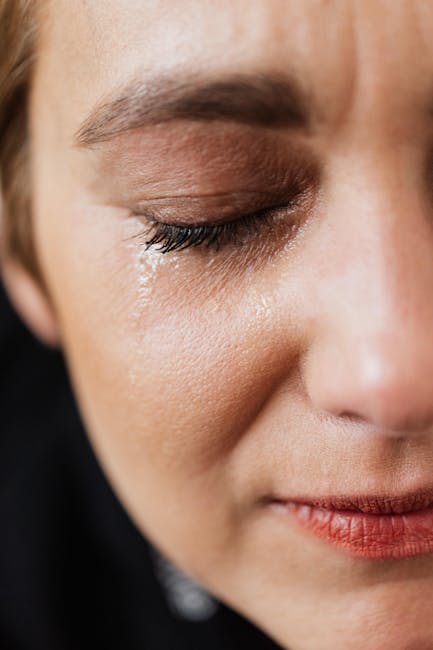This is the situation that “shook” me to the core, and was the catalyst in getting me to come out of my “place of despair”……
James Donaldson notes:
Welcome to the “next chapter” of my life… being a voice and an advocate for mental health awareness and suicide prevention, especially pertaining to our younger generation of students and student-athletes.
Getting men to speak up and reach out for help and assistance is one of my passions. Us men need to not suffer in silence or drown our sorrows in alcohol, hang out at bars and strip joints, or get involved with drug use.
Having gone through a recent bout of depression and suicidal thoughts myself, I realize now, that I can make a huge difference in the lives of so many by sharing my story, and by sharing various resources I come across as I work in this space. http://bit.ly/JamesMentalHealthArticle
More suicide threats reported to Pullman police after athlete’s suicide than any of the previous four years
By Anthony Kuipers, Daily News staff writer Jan 17, 2019
A year after Washington State quarterback Tyler Hilinski’s suicide, mental health awareness and the number of people seeking help for suicidal thoughts continues to grow in Pullman and across the country.
So, too, has the number of reported suicide threats locally.
The Pullman Police Department responded to 63 reported suicide threats in 2018, a number that far exceeds the previous five years. In 2015, the second-highest year for reported suicide threats in that span, there were 39.
There has also been an increase in welfare checks, in which officers are called to check the health of a resident. There were 591 welfare checks in 2018, nearly the most in the past five years. There were two suicides in 2018.
The number of people taken to the Pullman Regional Hospital emergency room following a suicide attempt has doubled in the past decade, Emergency Services Director Dr. Pete Mikkelsen, said.
Additionally, in 2018, there was an increase in patients coming to the hospital with behavioral health complaints, depression and anxiety.
Pullman Police Cmdr. Chris Tennant said Hilinksi’s death and the subsequent media attention increased suicide and mental health awareness in the community.
Based on the reports, Tenant said it appears people are more comfortable calling the police when a friend or loved one is making suicidal statements or sending alarming texts.
Mikkelsen did not speculate on the reasons for the jump in emergency visits, but he believes it is more than simply a result of the population growth.
“Some of that has to do with general population increase, but that doesn’t explain all of it,” he said. “We haven’t doubled our number of patients we’re seeing, we haven’t doubled the size of Pullman or the size of campus.”
He did commend the education efforts by mental health professionals and advocates across the country, and believes it has reduced the stigma of seeking help for mental illnesses.
But he said there is still a lot of work to do when it comes to identifying those who are at risk.
“One of the biggest challenges is trying to predict who that will happen to,” he said. “First of all, who has those thoughts and then how to get them help before they act on it. No one’s come up with a perfect way to do that.”
Suicide is the second leading cause of death in the 18-25 year-old age group.
Mikkeksen said people can be screened for suicidality, but “no one’s found that kind of magical formula to go from that screening to actually saving a life.”
WSU’s Associate Vice President for Student Engagement Ellen Taylor said the university has experienced a heightened awareness of mental health problems that is part of a nationwide trend.
She said the number of people seeking WSU’s behavioral health resources for help has risen during the past decade, as it has across the country. She said this generation of students is more likely to reach out for a helping hand than previous generations.
“We have worked hard to reduce the stigma of help-seeking,” she said.She said students seek help for a variety of reasons, but the most common is coping with stress and anxiety. Depression and relationship problems were the other top reasons, Taylor said.
Taylor said a person’s mental health can fluctuate much like a person’s physical health.
Yet, people do not view it that way. Instead, people tend to lose perspective and think whatever is stressing them will never go away.
“There is help and you can get better,” she said.
WSU students, faculty and staff can make appointments with psychiatrists and psychiatric nurse practitioners through Cougar Health Services. There is also a 24-hour Pullman crisis line at (509) 334-1133. Psychiatry and behavioral health services are also offered at Pullman Regional Hospital, Gritman Medical Center and several clinics around the Palouse.
Mikkelson said PRH offers telepsychiatry so patients can contact a psychiatrist remotely. He said the number of people who have used that service increased 30 percent from 2017 to 2018.
After Hilinski took his life in his Pullman apartment Jan. 16, 2018, the shock reverberated around the country and drew attention to the mental health of student athletes.
Hilinski’s Hope, a foundation started by the Hilinski family, announced this week it is partnering with the NCAA’s Sports Science Institute to support student-athlete mental wellness. According toTthe Associated Press, Hilinski’s Hope has raised more than $300,000 and sponsored mental health training at several universities.
Anthony Kuipers can be reached at (208) 883-4640, or by email to akui
 pers@dnews.com.
pers@dnews.com.
James Donaldson is a Washington State University graduate (’79). After an outstanding basketball career with WSU, he went on to play professional basketball in the NBA with the Seattle Supersonics, San Diego/L.A. Clippers, Dallas Mavericks, New York Knicks, and Utah Jazz. He also played for several teams in the European Leagues in Spain, Italy, and Greece, and he toured with The Harlem Globetrotters to wrap up his career. James was an NBA All-Star in 1988 while playing center for the Dallas Mavericks. In 2006, James was inducted into the Pac-10 Sports Hall of Fame and also the Washington State University Athletic Hall of Fame. In 2010, James was elected as a board member for the NBA Retired Players Association.
James frequently conducts speaking engagements (motivational, inspirational, educational) for organizations, schools, and youth groups.
In 2010, James was the recipient of the NBA Legends of Basketball ABC Award, awarded for outstanding contributions in Athletics–Business–Community.
He believes in being a role model for success and professionalism to the scores of young people to whom he devotes so much of his time. He currently serves on several boards and committees and is a member of many organizations.
James believes in developing relationships that create a “Win-Win” environment for everyone involved, and in being the best he can be!
For more information about James Donaldson or to request he speak at your event, contact him at:
www.StandingAboveTheCrowd.com
JamesD@StandingAboveTheCrowd.com
1-800-745-3161 (voicemail & fax)
James Donaldson is the author of “Standing Above The Crowd” and “Celebrating Your Gift of Life” and founder of the Your Gift of Life Foundation which focuses on mental health awareness and suicide prevention, especially pertaining to our school aged children and men.
If you’re interested in having James come and speak to your group of young adults, business entrepreneurs, aspiring political and community leaders, and athletic teams, please contact him at jamesd@yourgiftoflife.org and or leave a personal message for him at 1-800-745-3161. Keep up with him and read about how he is reaching out and making a difference in the lives of so many around the world at www.yourgiftoflife.org




